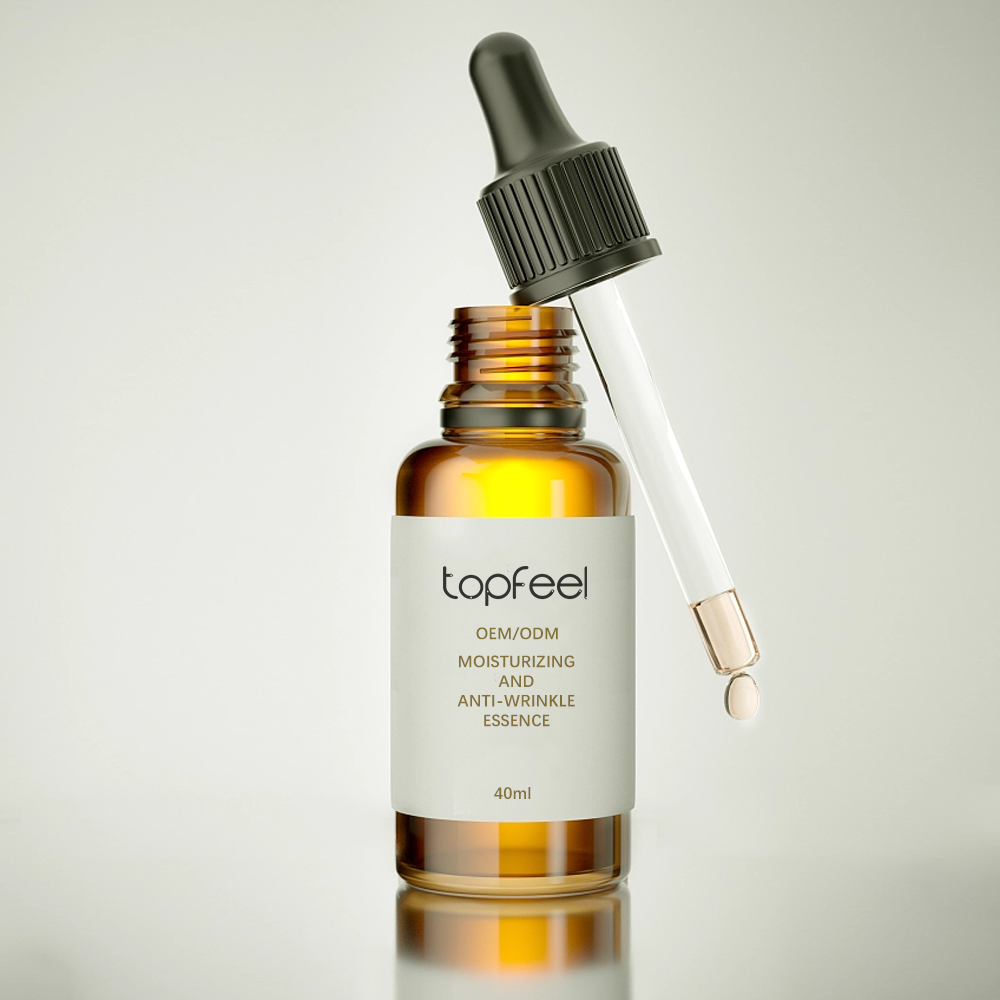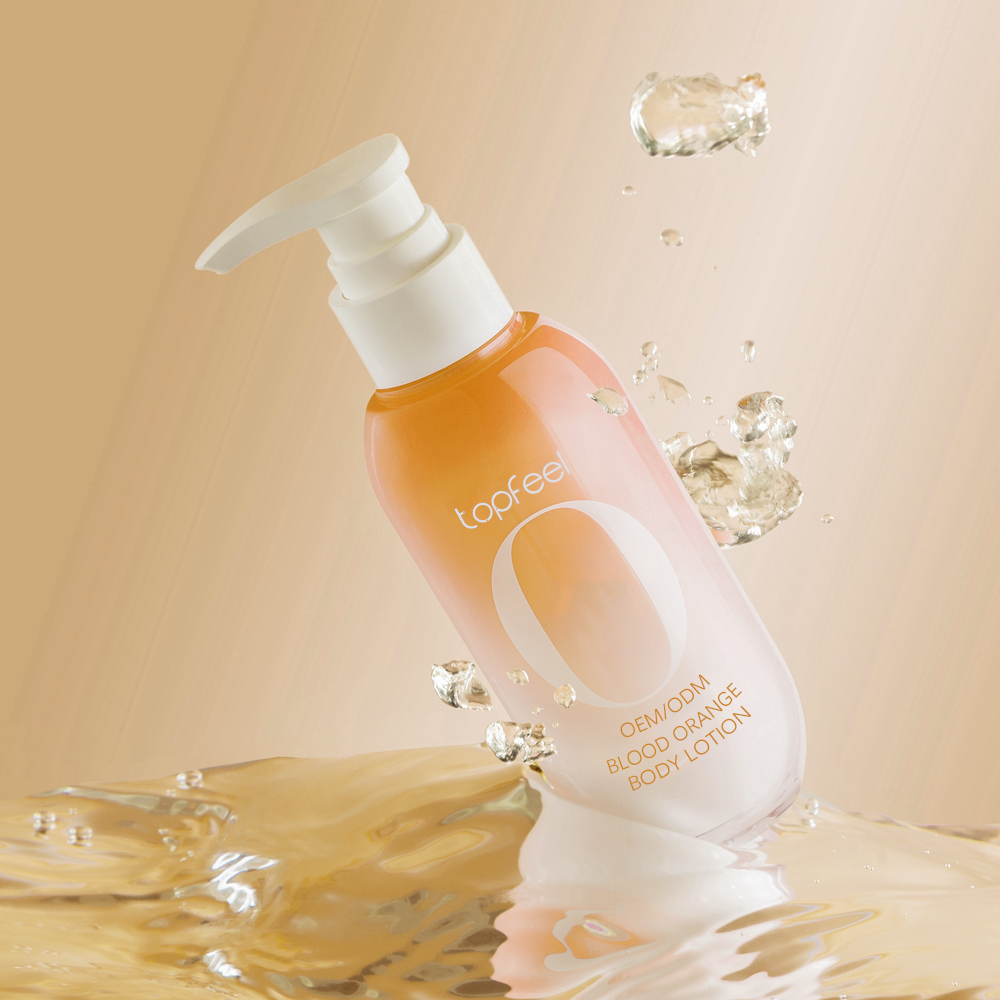The 2017 Nobel Prize in Physiology or Medicine was awarded to three American geneticists: Jeffrey C. Hall, Michael Rosbash and Michael Young W. Young. In recognition of their contributions in the field of "Molecular Mechanisms of Biological Circadian Rhythms".
Since then, many high-end brands, including Chanel, have begun to advocate and apply the "time-sharing skin care" theory. Now five years later, "circadian rhythm" has been applied to more cosmetic groups and products.
However, for us ordinary people, what exactly is the circadian rhythm, and what changes can the high-sounding "skin biological clock" bring to the skin?

What is Circadian Rhythm?
Circadian rhythm, also known as biological clock, is a basic component of biological life, causing a wide range of human body physiological functions to fluctuate regularly around 24 hours.
It consists of a central oscillator and a peripheral oscillator, and is regulated by a transcription-translation feedback loop formed by rhythmic genes.
The skin is controlled by a central oscillator and has an autonomous rhythm. Keratinocytes, melanocytes, and fibroblasts in the skin all have circadian rhythms.
In recent years, studies have found that various physiological functions of the skin are regulated by circadian rhythm, including skin barrier function, skin blood flow, sebum secretion, DNA repair, skin surface temperature, skin keratinocyte proliferation rate, etc.
Specifically, circadian rhythm affects the synthesis, secretion and degradation of collagen; circadian rhythm disorder can lead to abnormal deposition of collagen, resulting in structural disorder, reduced elasticity and strength.
Genes that affect circadian rhythm are called biological clock genes/clock genes (such as CLOCK, BMAL1, PER, CRY). During the day, the expression of PER and CRY genes increases; while at night, the expression of CLOCK and BMAL1 genes increases.

The Application Circadian Rhythm in Cosmetics
Day and night creams: Cosmetic brands often launch cream products specifically designed for day and night use. Day creams may contain antioxidants and sunscreen ingredients to protect the skin from environmental irritants. Night creams may contain nourishing and restorative ingredients to promote skin regeneration and repair.
Day and night serums: Some cosmetics contain day and night serums. A day serum may focus on hydrating and defending the skin, while a night serum may focus on repairing and nourishing.
Ingredient formulation: Based on the concept of biological circadian rhythms, ingredients in cosmetics can be specially formulated to provide different effects at different times. For example, at night, use ingredients that promote cell renewal and repair.




Eye Care: Products targeting the eye area may emphasize the difference between day and night. During the day the focus may be on depuffing and brightening, while at night the focus may be on nourishment and deep repair.
Sleeping masks: Some cosmetic brands have launched nighttime masks designed to provide extra nourishment and repair at night to take full advantage of the skin's ability to repair itself while sleeping.
Post time: Jan-12-2024

